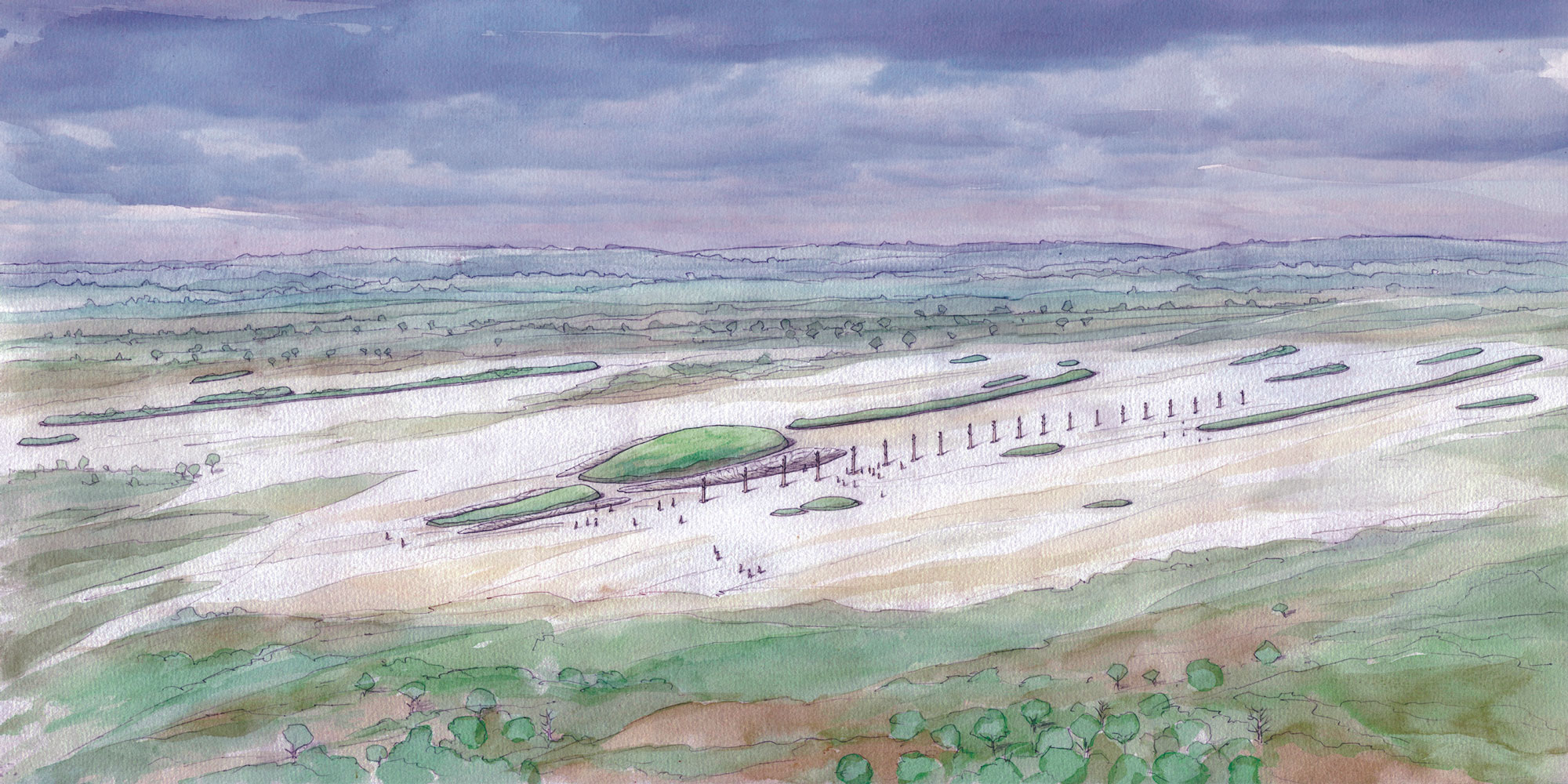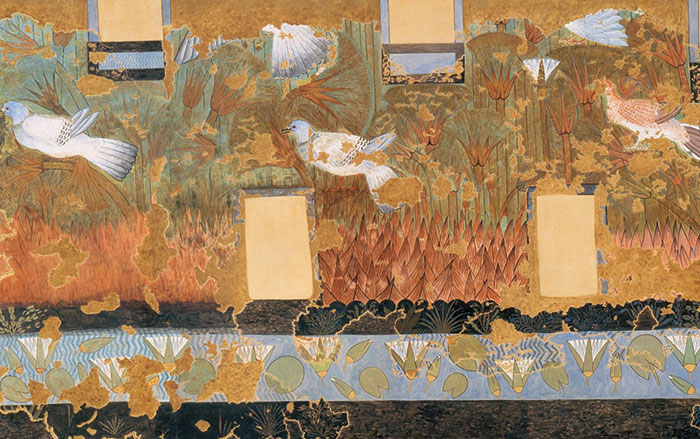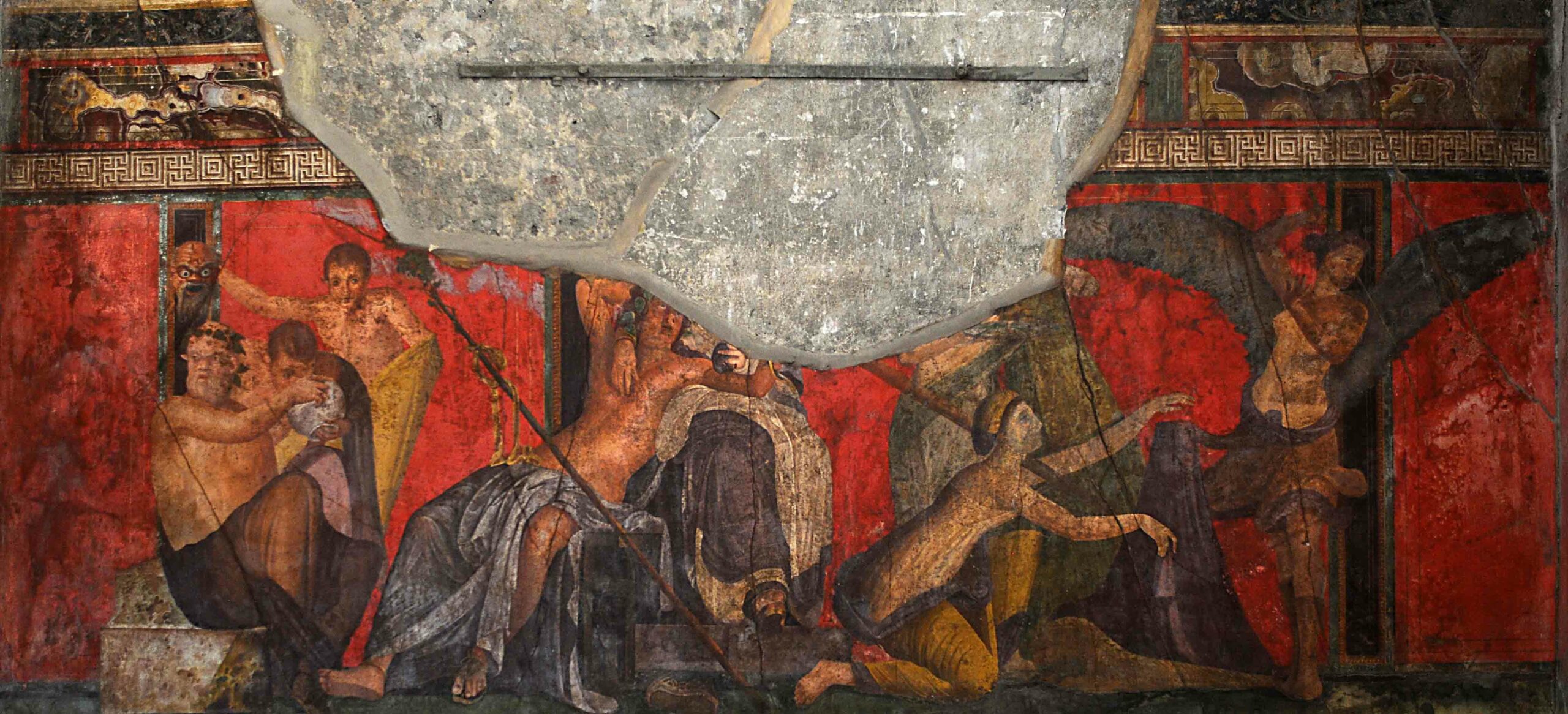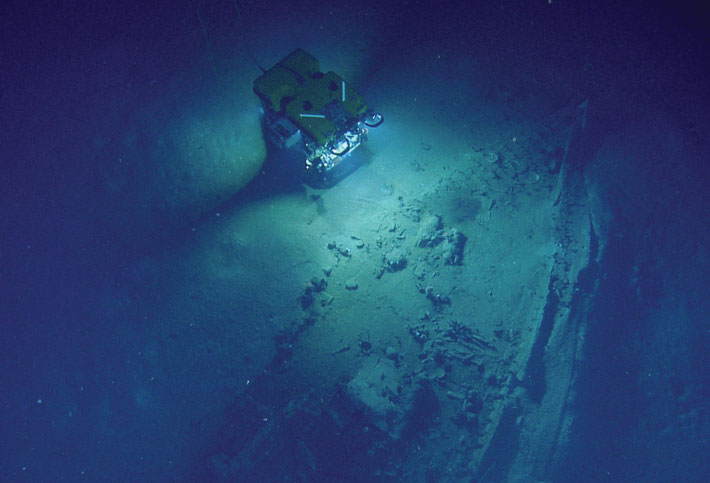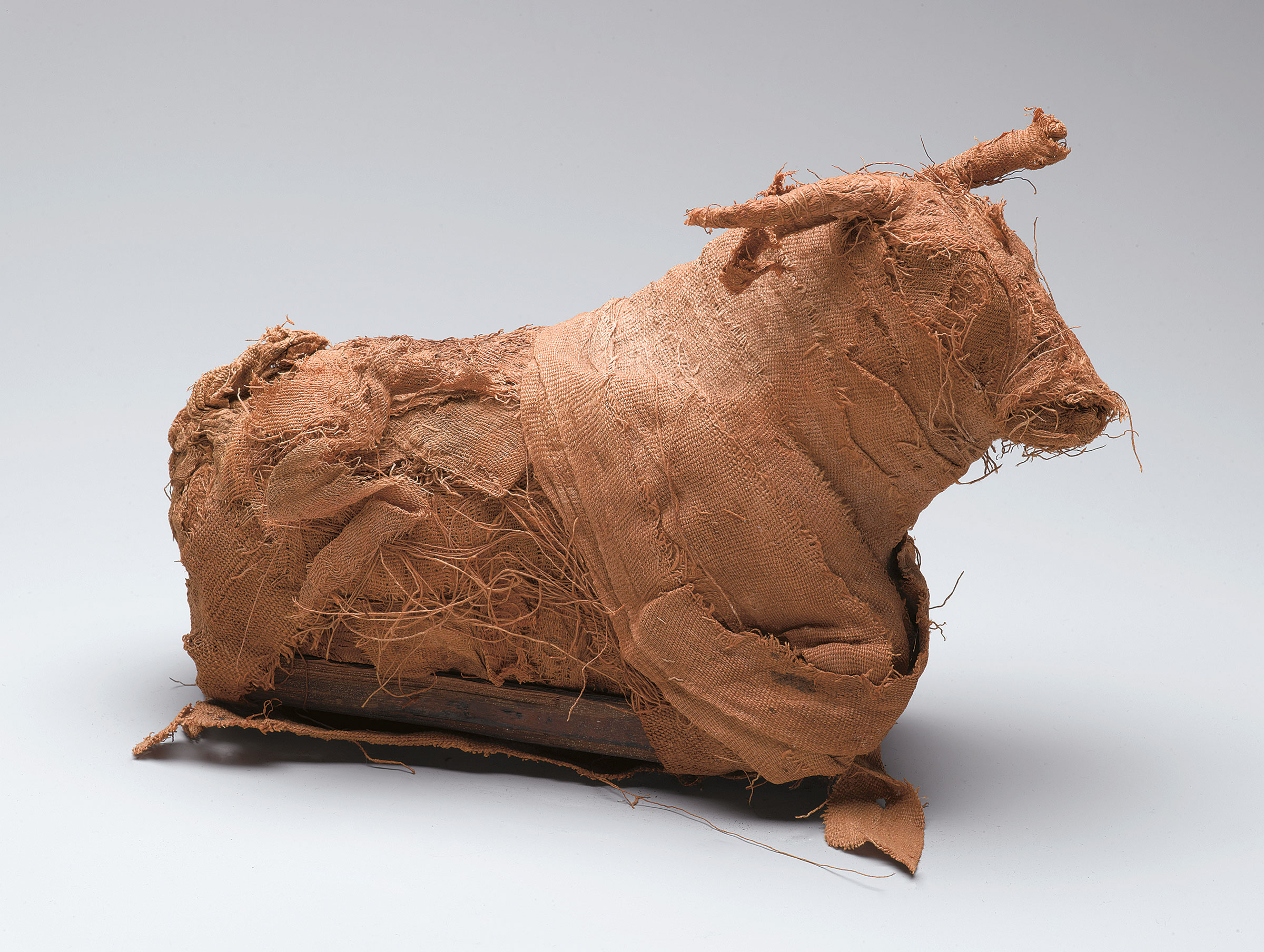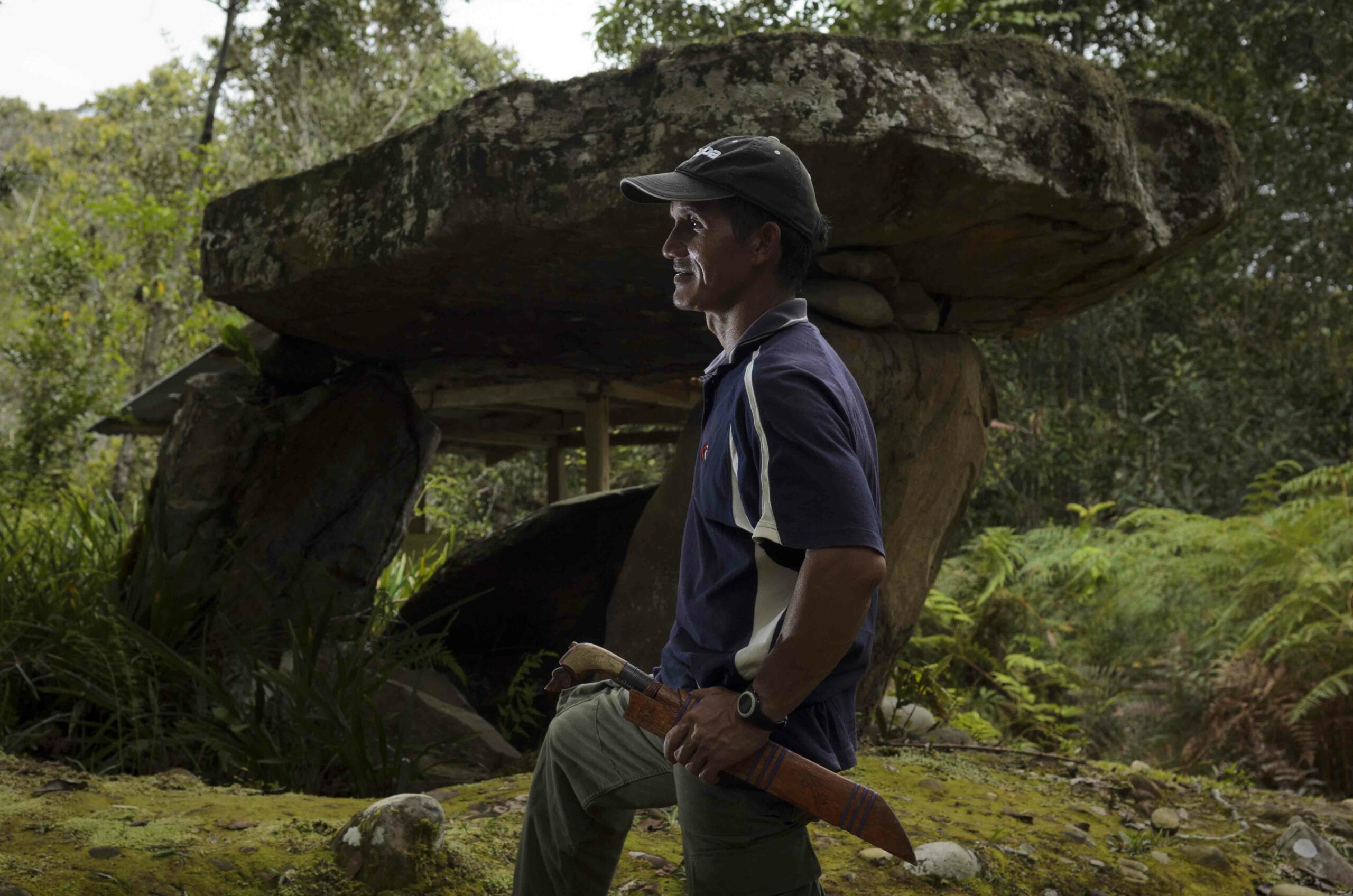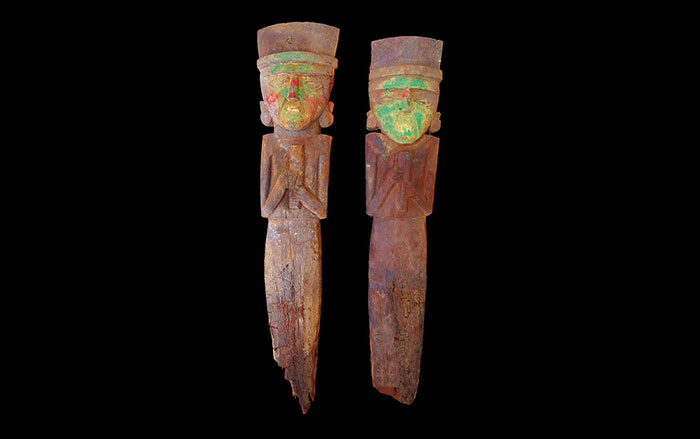
SANTO DOMINGO, DOMINICAN REPUBLIC—Scurvy, a disease caused by a severe vitamin C deficiency, may have contributed to the decline of La Isabela, the colony established by Christopher Columbus on his second voyage across the Atlantic Ocean. “There were lots of diseases, fevers, epidemics, we know from their writing. It seems no one was spared. But apparently scurvy played a big role,” archaeologist Vera Tiesler of Mexico’s Universidad Autonoma de Yucatán told National Geographic News. Of the 27 skeletons Tiesler and her colleagues examined, 20 of the Spaniards had striations on the outer lining of weight-bearing bones on both sides of the body. The colonists’ bones also showed signs of healing from scurvy before they were killed by other diseases.




